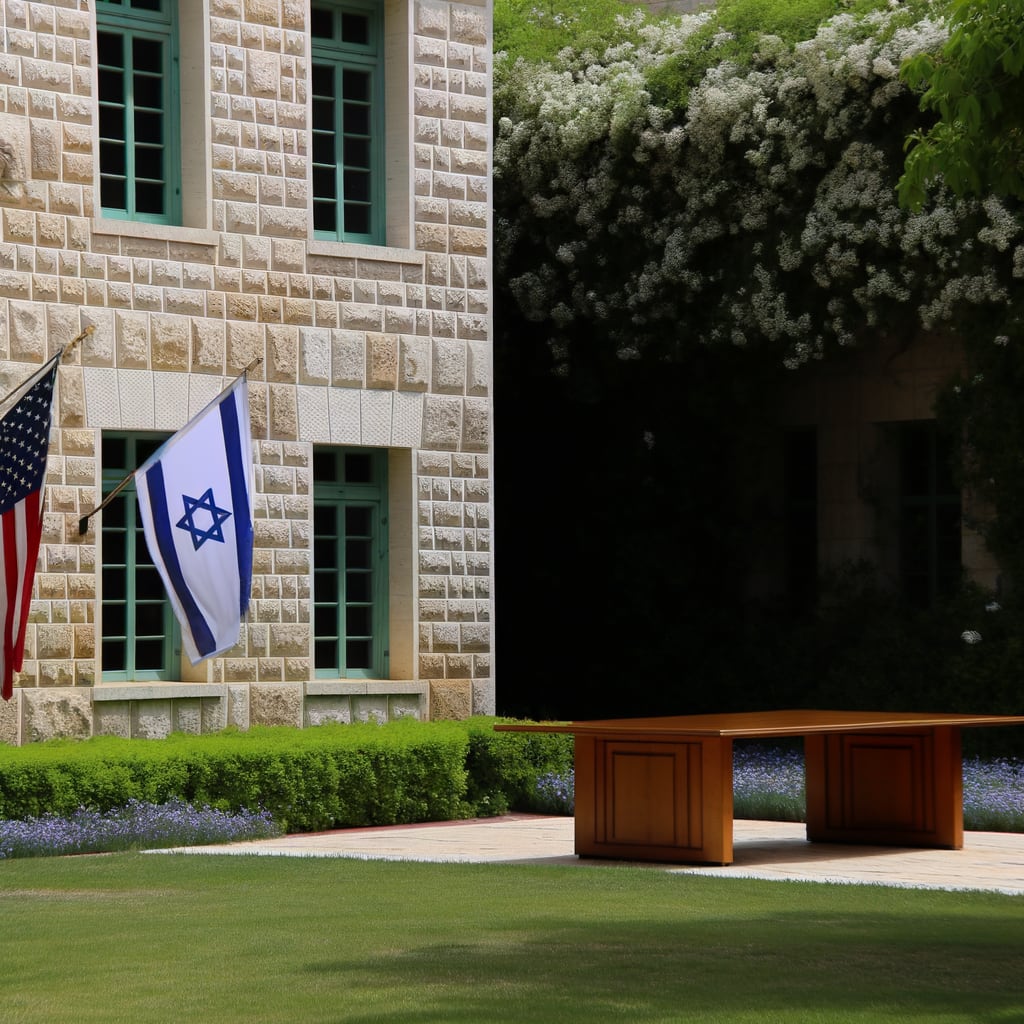US Vice President JD Vance Visits Israel to Strengthen Gaza Ceasefire
US Vice President JD Vance arrived in Israel on October 21st to bolster a fragile ceasefire between Israel and Hamas in Gaza. Vance's visit aims to preserve a deal with Hamas and build on the ceasefire to realize the Trump administration's ambitious vision for post-war Gaza. However, the ceasefire hangs in the balance, with deadly strikes over the weekend and mounting concerns over the amount of aid entering Gaza.
Background and Context
The ceasefire, which has been in effect since October 10th, is part of a broader 20-point peace plan put forth by President Donald Trump. The terms of the plan are clear: Hamas must disarm and behave itself. The plan is supported not just by Israel, but also by Gulf Arab allies. If Hamas fails to cooperate, the United States has warned that the militant group will face obliteration.
Key Developments
During the visit, Vance met with Israeli Prime Minister Benjamin Netanyahu and spoke to reporters at the new Civilian Military Cooperation Center (CMCC), hailing these as days of destiny
. He expressed optimism over the Gaza truce plan, describing it as durable
and going better than expected
. Despite this optimism, Israel has launched lethal airstrikes in Gaza, killing 26 Palestinians following an attack that resulted in the death of two Israeli soldiers.
Vance dismissed the notion that Israel functions as a subordinate or vassal
state to the United States, stating, We do not view Israel as a client state — because it's not. We seek a strong partnership, a true ally.
Implications and Reactions
The visit and ongoing negotiations have been met with mixed reactions. The Trump administration's Middle East envoy, Steve Witkoff, stated that they are exceeding expectations with the ceasefire progress. Meanwhile, concerns remain over the political motivations behind the ceasefire, with the Tehran Times suggesting that it is being used as a tool to protect Israel and reshape regional alliances.
Vance also expressed that the ceasefire could serve as a stepping stone to broadening the Abraham Accords — a set of normalization agreements between Israel and Arab states brokered by Washington during Trump's first term. The ceasefire deal is seen as a critical piece of unlocking the Abraham Accords
on normalizing Israel's relations with Arab countries.
Conclusion
While the ceasefire hangs in the balance, the US Vice President remains hopeful about the future of the Gaza peace plan, despite fears from the American administration that Prime Minister Netanyahu may withdraw from the agreement. The visit marks an intensification of diplomatic efforts to make the ceasefire sustainable and to disarm Hamas while rebuilding Gaza. However, the situation remains tense, with ongoing violence and uncertainty about the future of the ceasefire.

